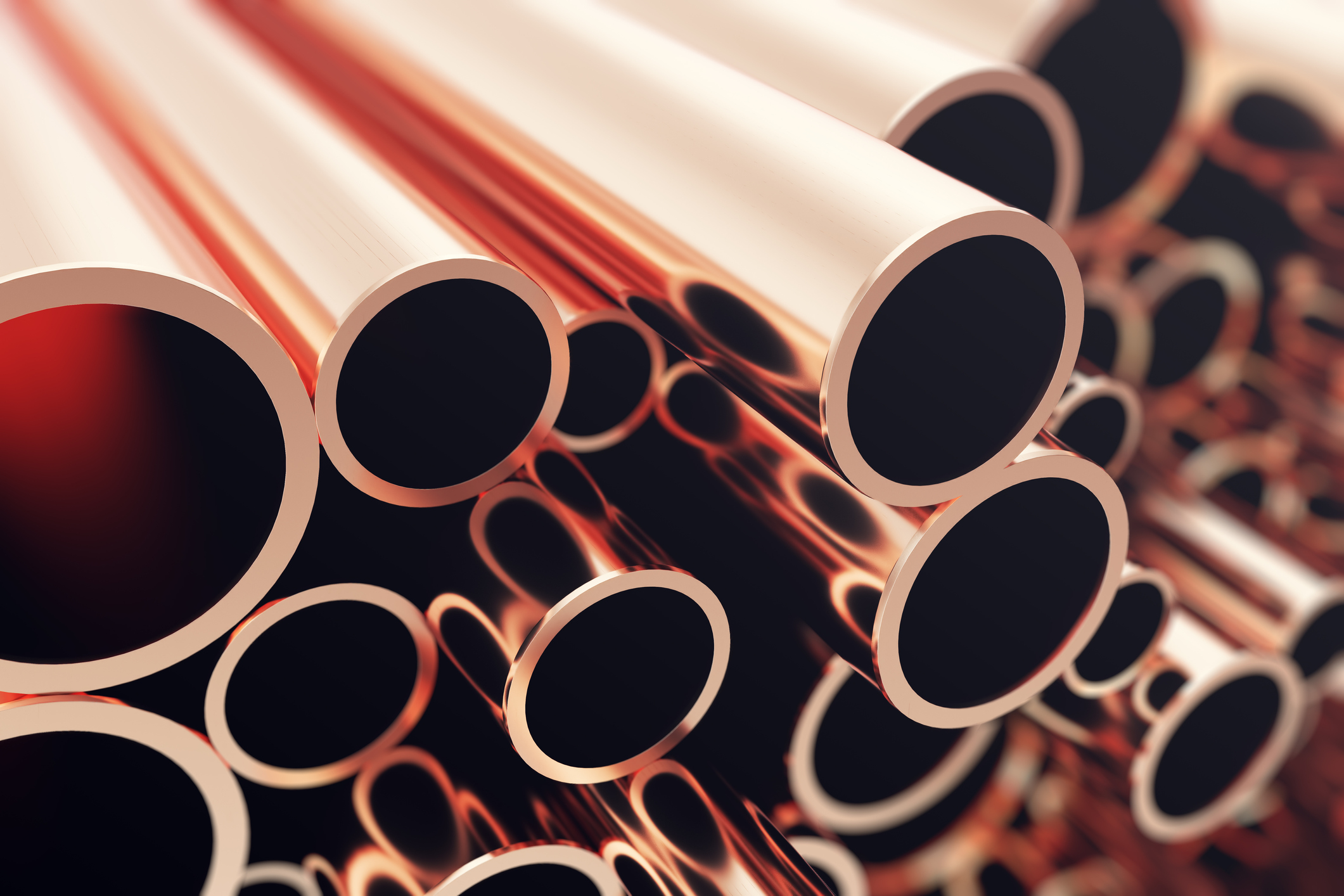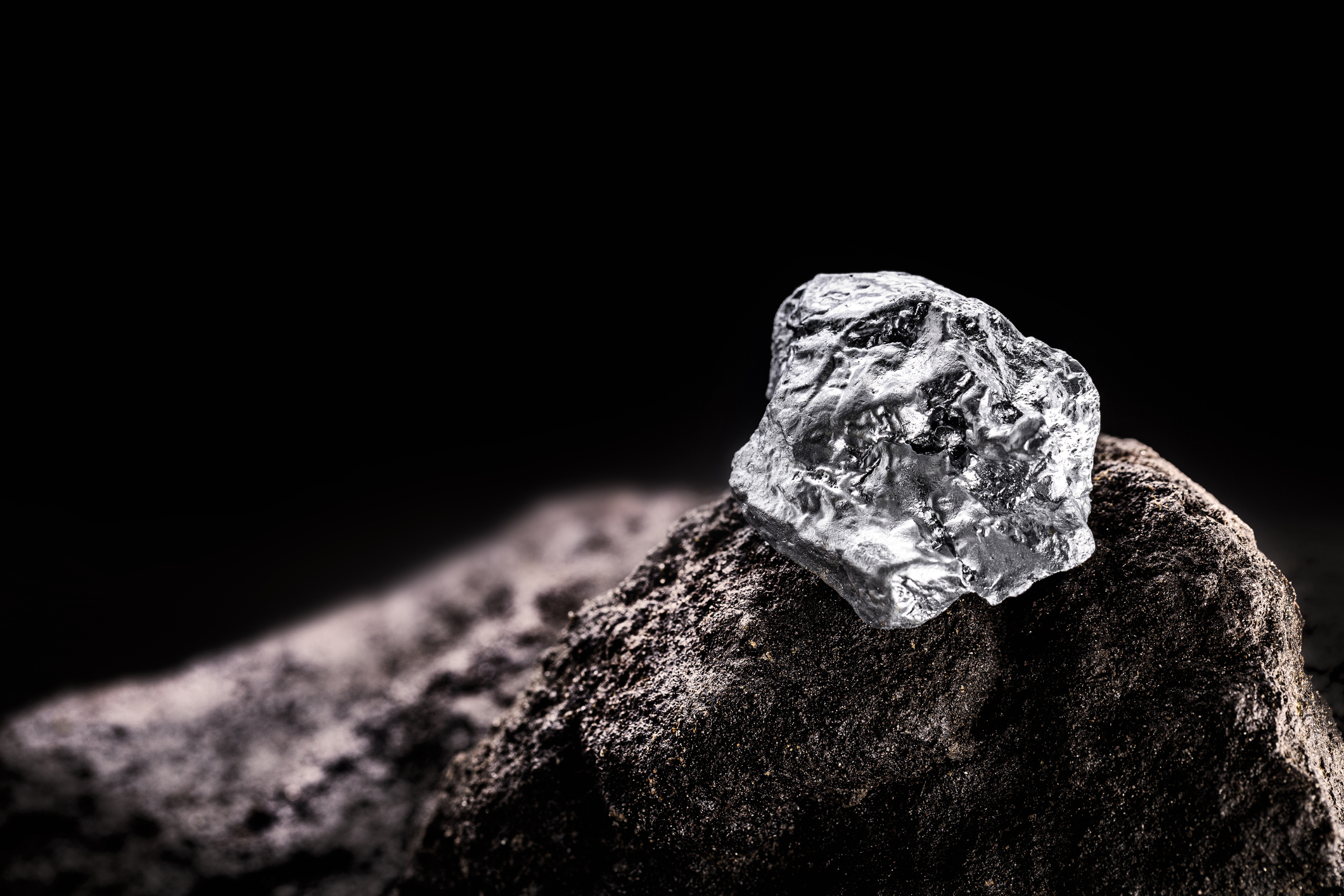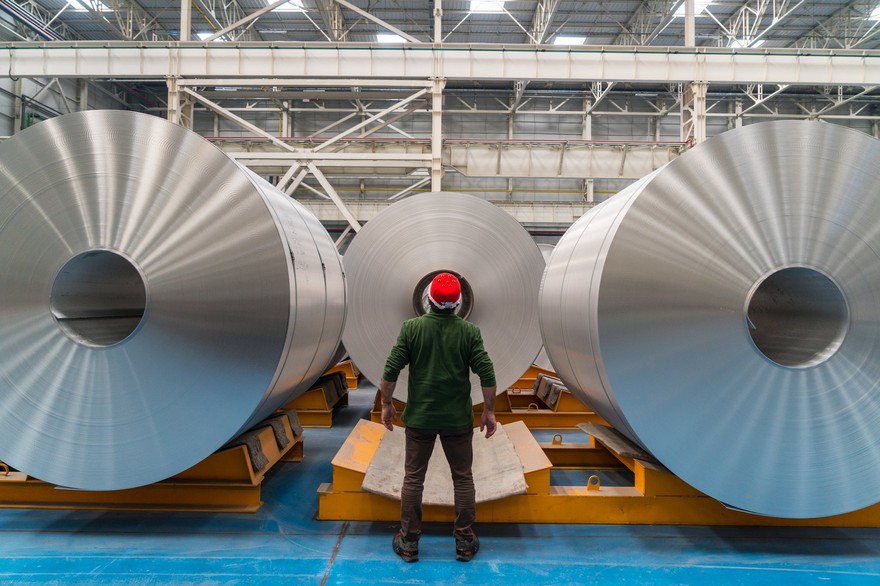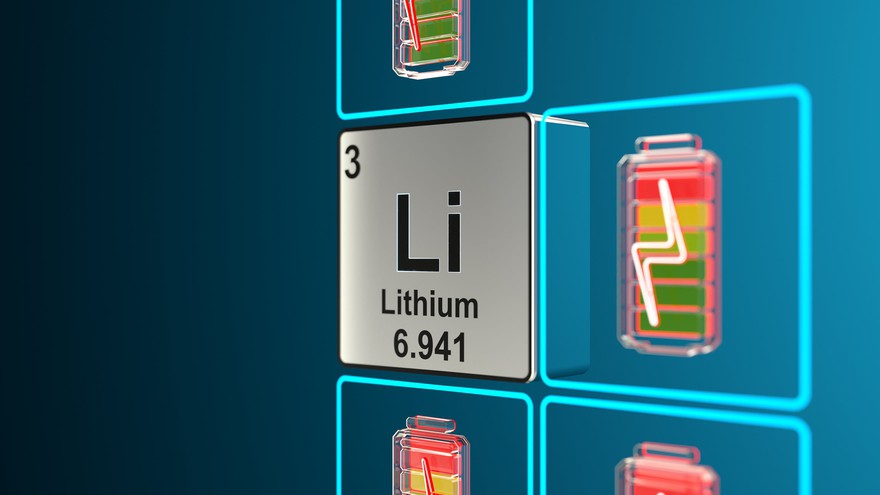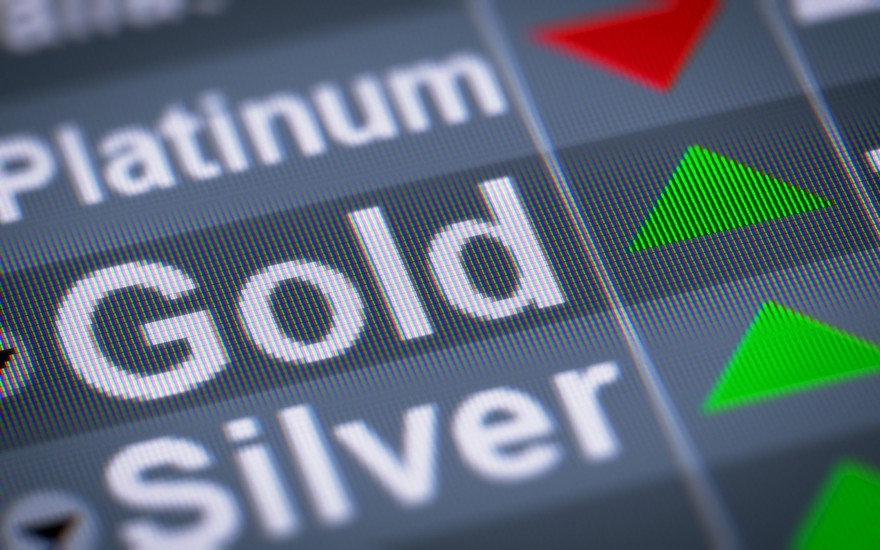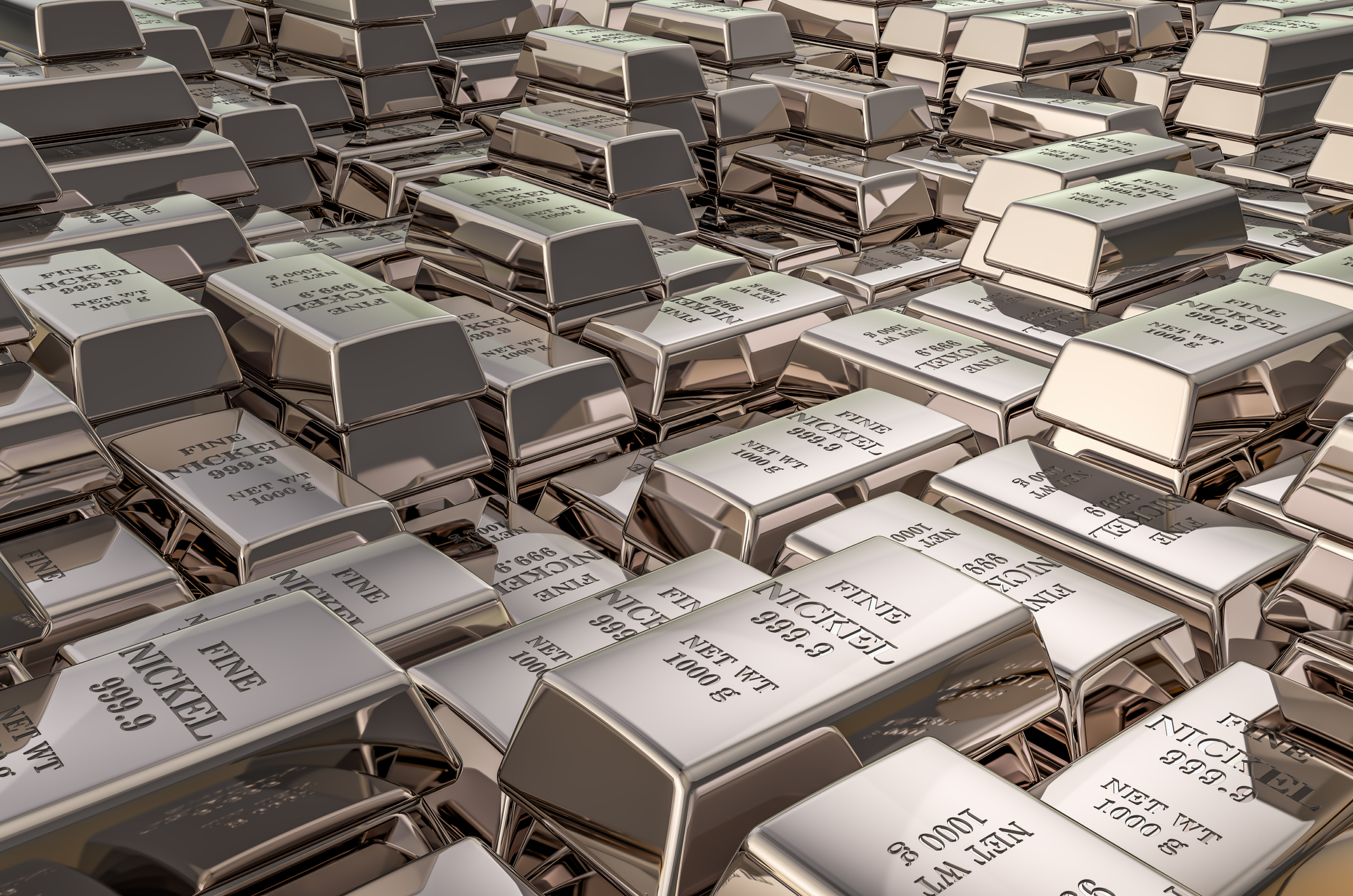Precious metals exchange-traded funds (ETFs) are funds that enable you to invest in various precious metals, like gold, silver, platinum, and palladium. Many precious metals ETFs hold the physical metal in bank vaults. As a result, they provide investors with direct exposure to the ups and downs of precious metals prices without the investor needing to buy, insure, and store the metals themselves.
Investing in precious metals enables you to diversify your portfolio, hedge against inflation, and protect your money from the devaluing of fiat currency.
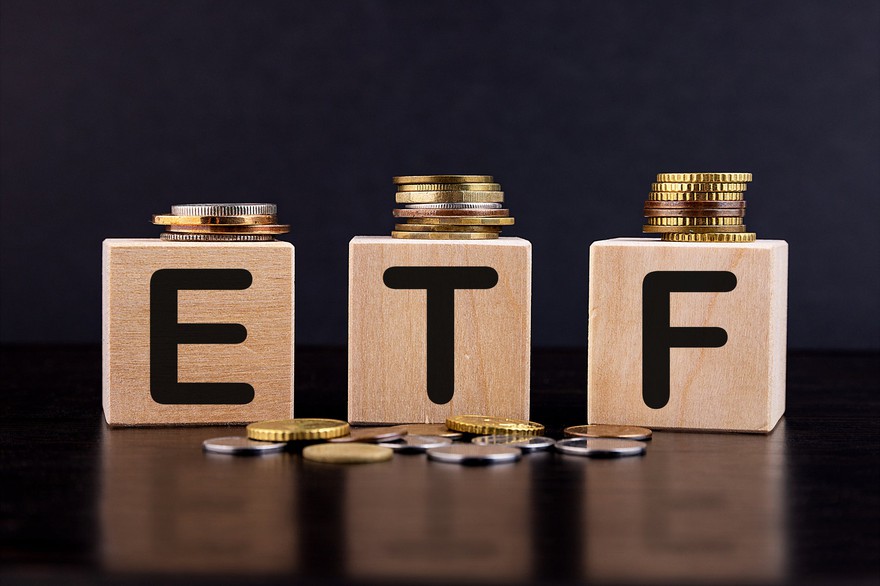
Here's a closer look at some of the best precious metals exchange-traded funds (ETFs).
Best precious metals ETFs in 2025
There are more than 20 ETFs focused on precious metals. Some hold precious metals stored in bank vaults. Others make a different type of investment, including derivatives such as options or futures contracts that still offer some direct exposure to metals prices. In addition, investors can consider an ETF that owns shares of mining companies focused on precious metals.
Of these options, the best one is an ETF focused on directly holding physical precious metals. They tend to deliver performance that matches precious metals prices reasonably well after fees. The top five precious metals ETFs to consider are:
Precious Metals ETF | Ticker Symbol | Assets Under Management | Description |
|---|---|---|---|
SPDR Gold Shares | $131.6 billion | An ETF that holds physical gold | |
iShares Silver Trust | $24.3 billion | An ETF that holds physical silver | |
abrdn Standard Physical Platinum Shares ETF | $2.1 billion | An ETF that holds physical platinum | |
abrdn Standard Physical Precious Metals Basket Shares ETF | $1.9 billion | An ETF that holds physical gold, silver, platinum, and palladium | |
abrdn Standard Physical Palladium Shares ETF | $821.5 million | An ETF that holds physical palladium |
Here's a closer look at these leading precious metals ETFs.
1. SPDR Gold Shares
SPDR Gold Shares is the largest gold ETF. The fund's sole assets are gold bullion stored in bank vaults, along with some cash. This strategy allows investors to participate in the upside of the price of gold without having to own the physical metal. That reduces costs (insurance and storage) and risks (theft or misplacement).
The ETF is highly liquid. Because it trades on a major stock exchange, holders can quickly sell shares and convert them to cash when needed. Owners pay a relatively modest ETF expense ratio of 0.4% in exchange for these benefits. While the expense ratio has caused the SPDR Gold Shares price to slightly underperform the price of gold over the long term, it can be worth the cost compared to alternatives.
For example, many gold stocks have underperformed the price of gold over the years due to mine development cost overruns, mismanagement, and excess debt. For investors who want to roughly match the performance of the price of gold, SPDR Gold Shares is a great way to go.
2. iShares Silver Trust
iShares Silver Trust is the largest silver ETF. The fund holds physical silver bars stored in bank vaults. It enables investors to participate in the upside of silver prices with fewer hassles and risks of alternative investments, such as buying silver stocks or coins.
This ETF is also highly liquid, with a reasonable ETF expense ratio of 0.5%. Though the fee has caused the fund to slightly underperform the price of silver over the years, it can be worth it. The ETF enables investors to roughly match the price of silver. That provides a more certain return compared to alternative investments, like silver mining stocks, which can significantly underperform due to myriad issues.
3. abrdn Standard Physical Platinum Shares ETF
The abrdn Standard Physical Platinum Shares ETF lets investors directly invest in platinum, a key precious metal used primarily to make catalytic converters for the automotive industry. The ETF holds physical bars stored in bank vaults and is one of the few ways to invest in platinum.
Although an interested investor could buy platinum bars or jewelry made from platinum, few publicly traded mining companies focus on the rare industrial metal. Those that do mainly mine platinum along with other metals, giving their investors less direct exposure to platinum prices. These challenges of investing in platinum make the fund's 0.6% expense ratio even more reasonable.
4. abrdn Standard Physical Precious Metals Basket Shares ETF
The abrdn Standard Physical Precious Metals Basket Shares ETF gives investors direct exposure to several precious metals. The ETF's precious metals basket includes physical gold, silver, platinum, and palladium. It holds physical bars of these precious metals in bank vaults. As of late 2025, the fund's net assets were approximately 65.6% gold, 26.3% silver, 4.5% palladium, and 3.6% platinum.
The ETF provides broad exposure to a basket of precious metals for a reasonable cost, given its 0.6% expense ratio. It's one of the few funds providing investors with diversified exposure to the top precious metals in one vehicle.
5. abrdn Standard Physical Palladium Shares ETF
The abrdn Standard Physical Palladium Shares ETF allows investors to invest directly in palladium. Like platinum, palladium is primarily used for catalytic converters in cars. Palladium's other uses include jewelry and some dental fillings and crowns. And like the other ETFs on this list, this one holds the precious metal in bank vaults.
The ETF is one of the few ways to invest directly in palladium. Few mining companies focus on producing palladium since it's not as prevalent in jewelry as other precious metals. That makes the ETF's 0.6% expense ratio a reasonable cost to gain exposure to this particular precious metal.
What are precious metals used for, and what influences their price?
Most precious metals have long held investment value due to their durable properties. Additionally, many precious metals have value due to their non-investment uses. Here's a look at the uses of each precious metal and how that impacts their price:
- Gold: Gold has several uses, including jewelry, money, electronics, dentistry, and by the aerospace industry. While gold has non-investment demand, its investment value is the main factor that influences its price. Investors buy gold to hedge against inflation and as a safe haven during economic storms, which can influence its price.
- Silver: Silver is used for various purposes, including jewelry, currency, electronics, solar panels, water purification, and mirrors. More than half of silver's demand comes from industrial applications. That demand and its investment value tend to influence its price.
- Platinum: Platinum is used in many ways, including catalytic converters, fuel cells, jewelry, and electronics. Several factors influence the price of platinum, including industrial demand and market sentiment from investors.
- Palladium: There are numerous uses for palladium, including automotive catalytic converters, jewelry, and electronics. The metal's value to the automotive industry tends to be the primary factor driving its price.
Benefits and risks of investing in precious metal ETFs
Investing in precious metals ETFs has both benefits and drawbacks. Some of the pros include:
- Inflation hedge: Investing in precious metals ETFs can help protect your portfolio from the impact of inflation.
- Diversification: Precious metals ETFs can help increase the overall diversification of your portfolio.
- Appreciation potential: Precious metals ETFs can increase in value, helping you grow your wealth.
- Wealth protection: Investing in precious metals ETFs can help protect your money from the devaluation of fiat currency.
On the other hand, some risks of precious metals ETFs include:
- Underperformance potential: Precious metals ETFs can underperform the precious metals they track over time due to their expense ratios. Meanwhile, top mining stocks have the potential to outperform the price of a precious metal, as these companies grow their production and profits.
- No physical possession: While most precious metals ETFs hold physical metals in bank vaults, you can't take physical possession of those metals if needed during an extreme financial emergency.
Lots of ways to invest in precious metals
There are many precious metals ETFs, giving investors lots of options. Most of the top precious metals ETFs concentrate on owning physical bars of a particular precious metal, giving investors direct exposure to the metal.
To gain exposure to all four main precious metals, investors have a choice: They can focus on one metal if they believe it will outperform the rest, or they can consider buying a basket of precious metals ETFs or an ETF that holds a basket of precious metals. Either way, investing in a precious metals ETF is an easy way to help hedge against the rise of inflation.
Related investing topics
Factors to consider when choosing a precious metal ETF
There are lots of precious metals ETFs to choose from. Investors should consider the following factors when deciding which one to add to their portfolio:
- Metal focus: You'll need to decide whether you want to own an ETF focused on a particular precious metal or one that holds a basket of several.
- Expense ratio: ETFs with lower expense ratios will track the price of precious metals more closely over the long term, as the cost will have a lower impact on their return.
- Liquidity: Larger ETFs will have more liquidity, making it easier to buy and sell shares during any potential market turmoil.
